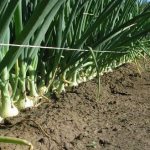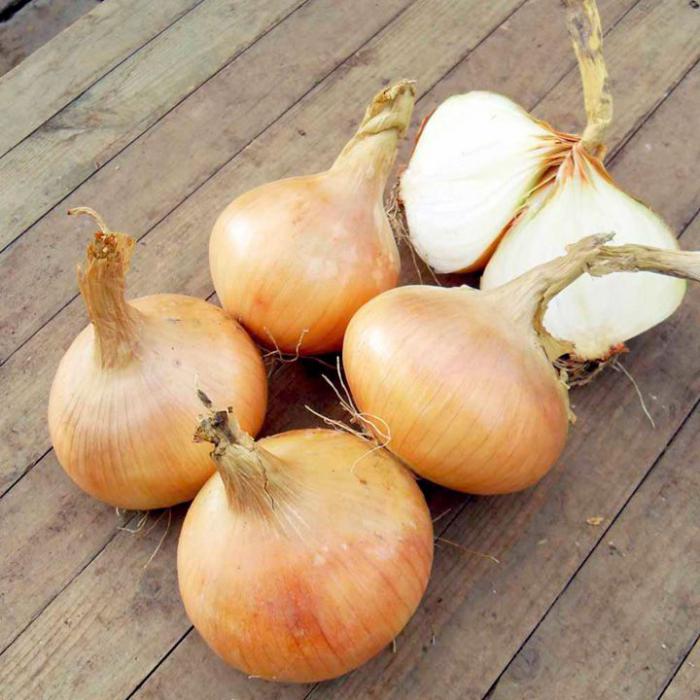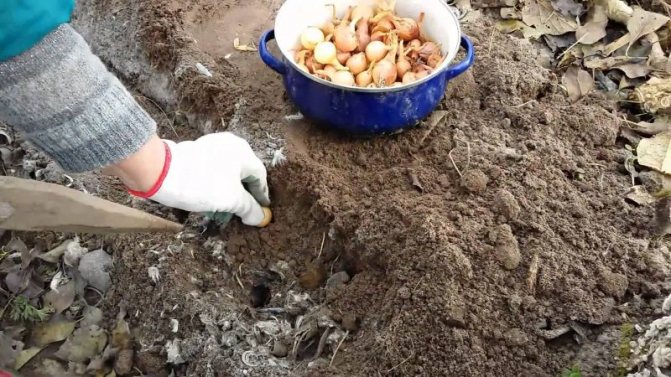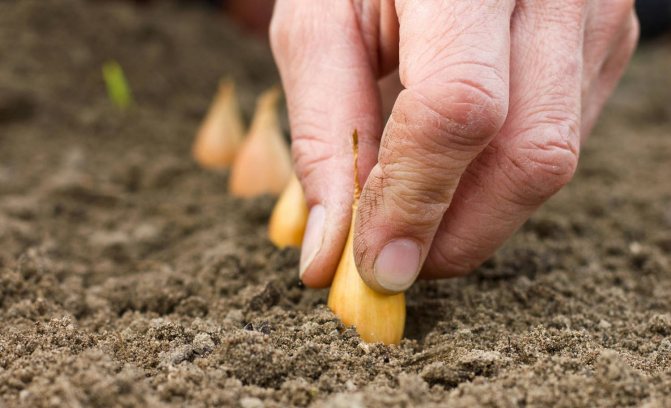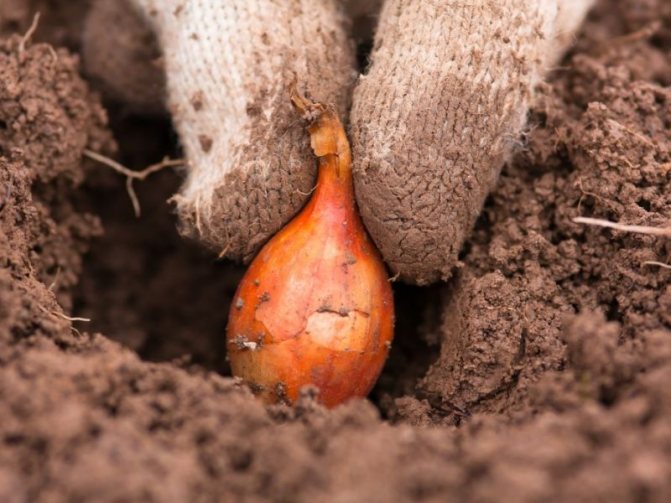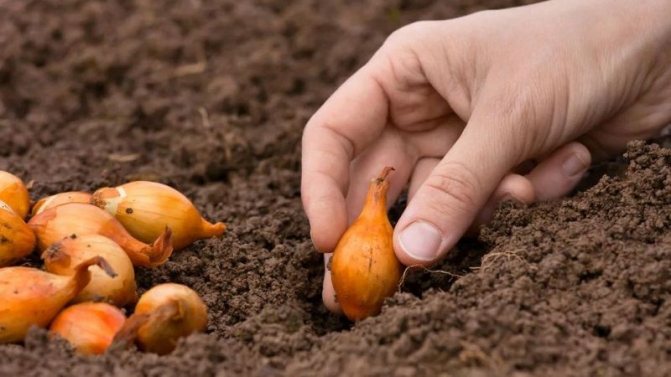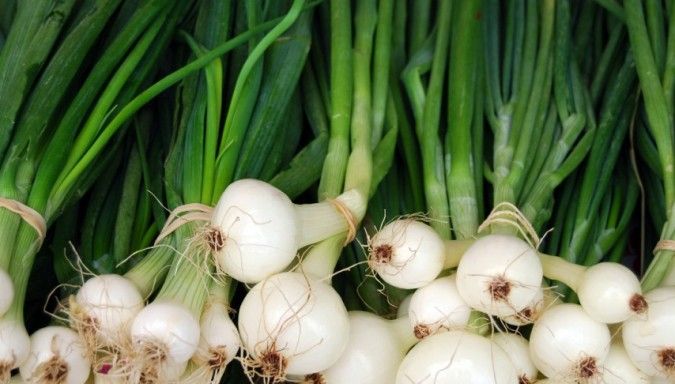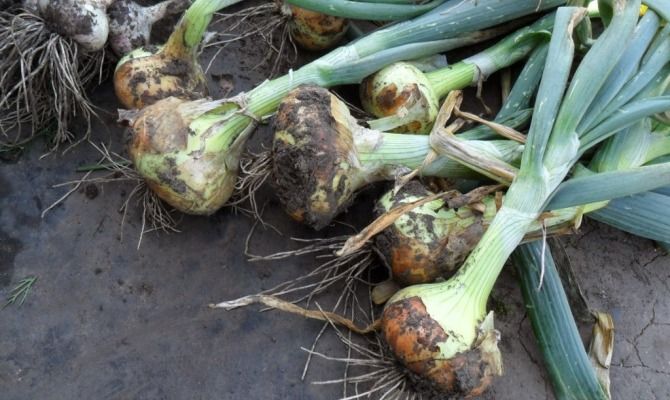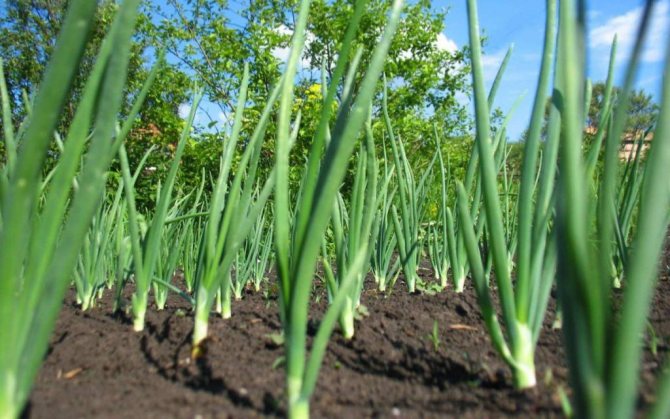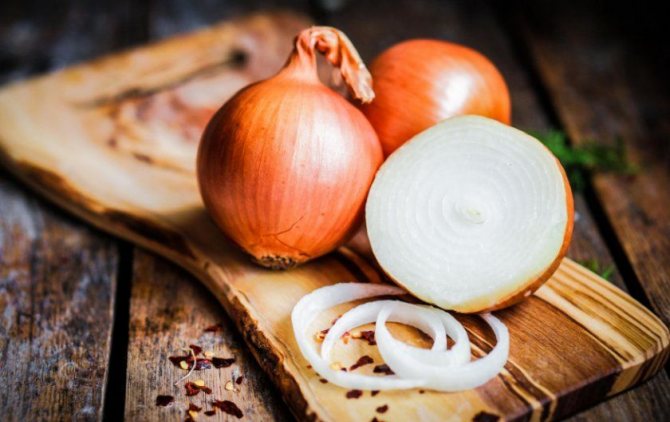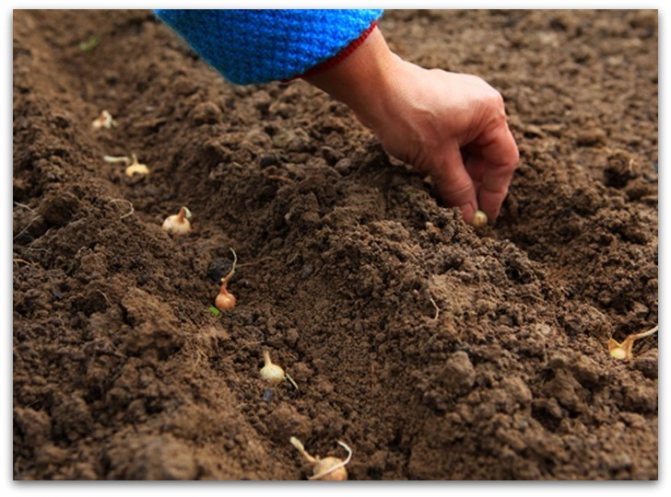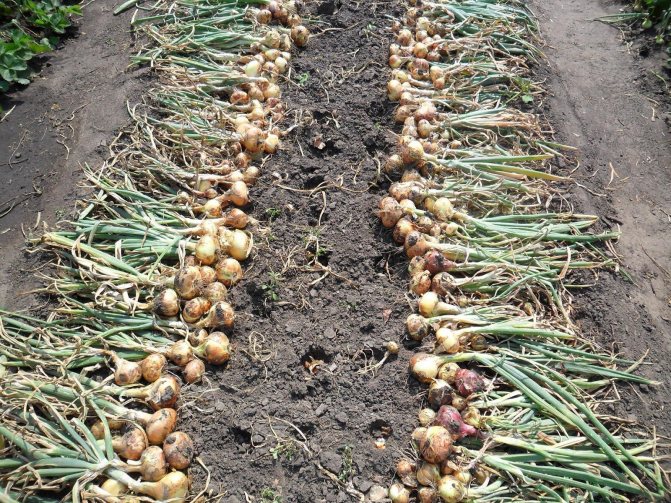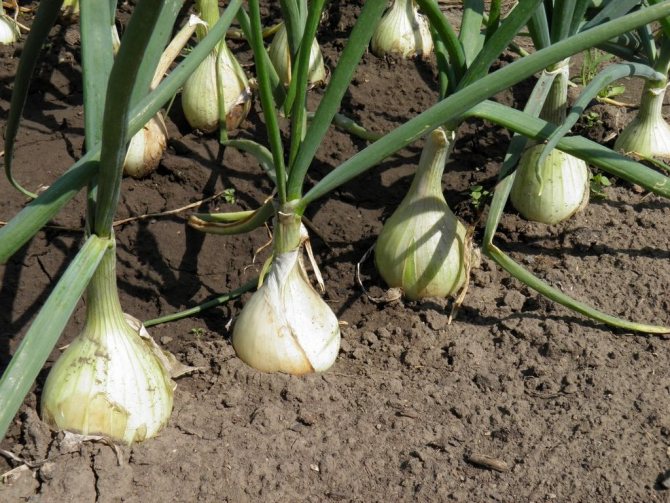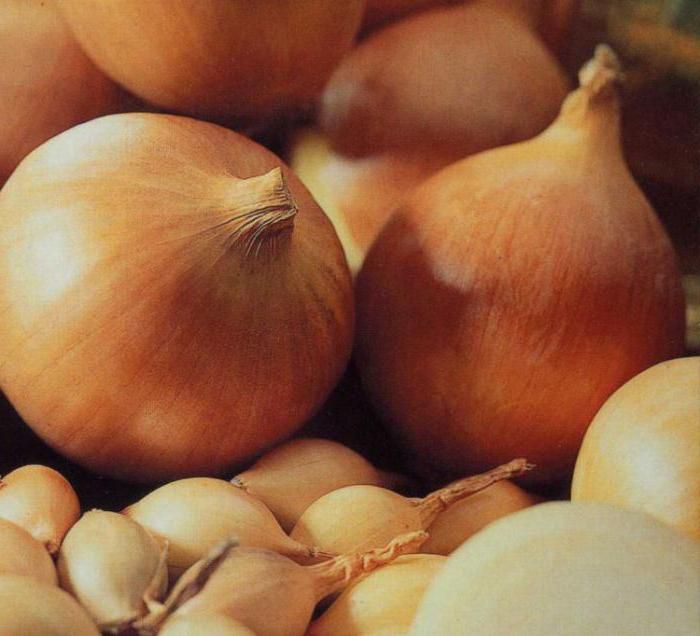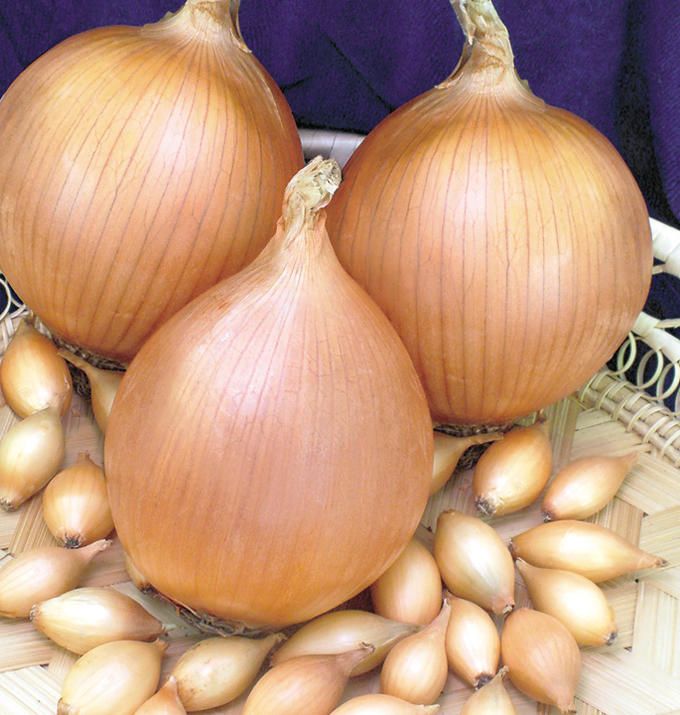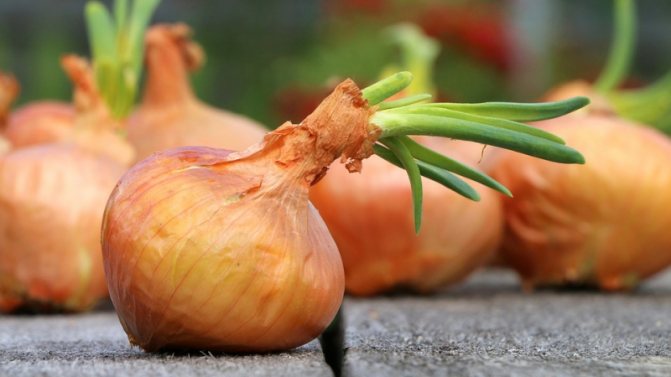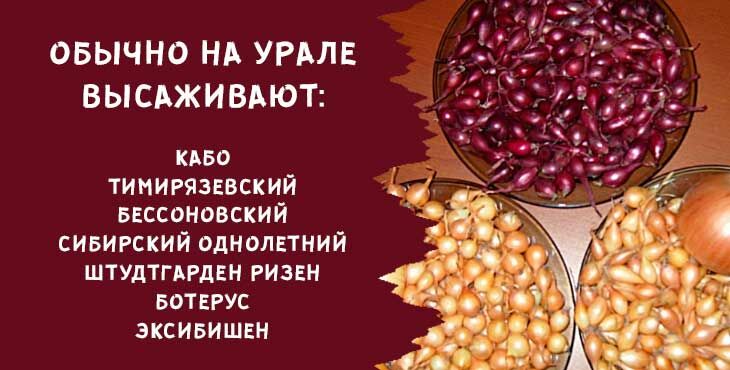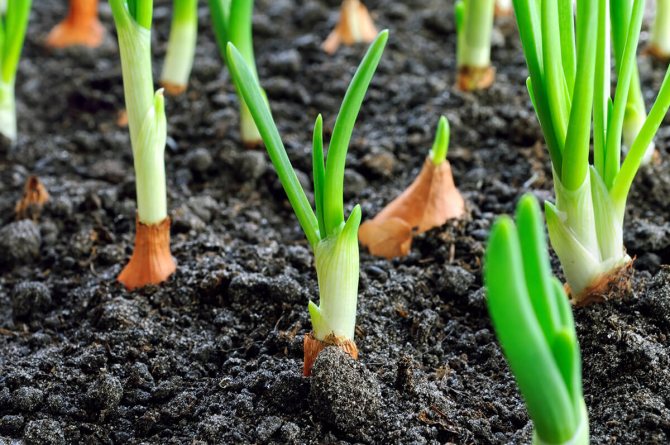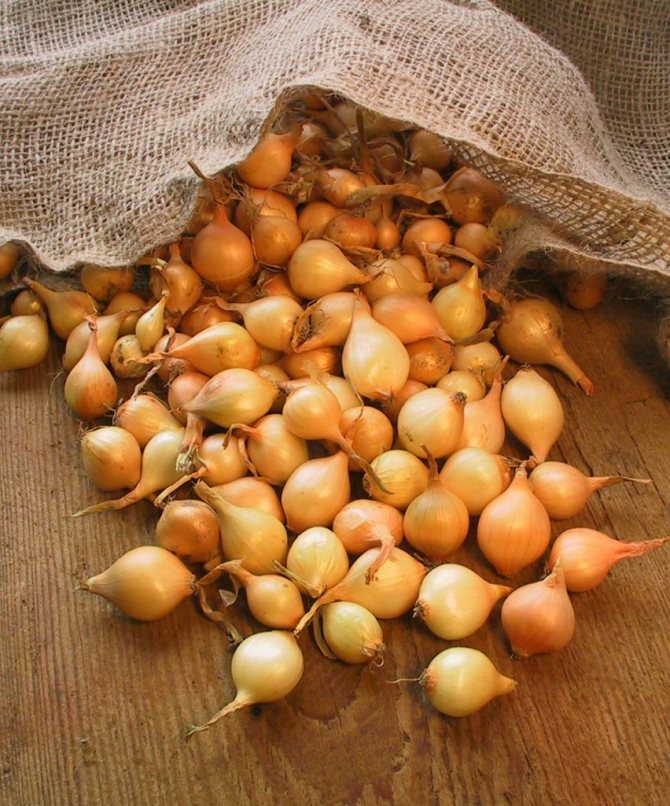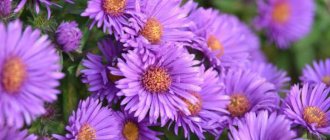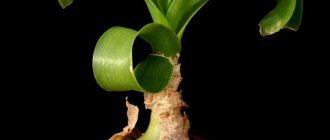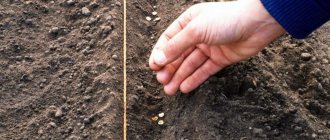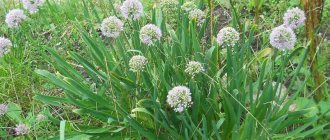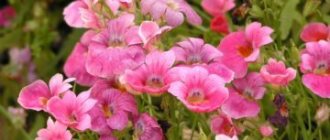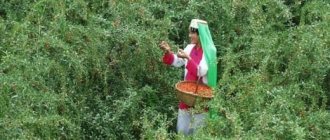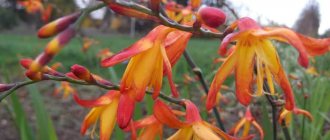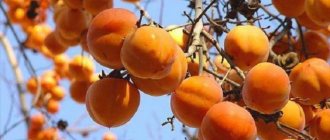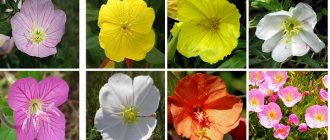Is it possible to plant onion sets before winter? Many gardeners will answer in the affirmative. Although there are those who are afraid to plant winter onions, believing that frosts can destroy it, or, at best, the bulbs will go in the spring in the arrow. Therefore, until recently, planting winter onions was not so widespread, for the reason that many do not know how to plant onion sets correctly. Residents of cold regions are especially wary of this. I hope this article clears up your doubts.
There are several rules on how to properly plant onion sets. Let's analyze them in order.
Method advantages
Growing winter onions, planting and caring for which are different from traditional spring cultivation, is within the skill of any vegetable grower, even a beginner. This method, subject to certain technological methods and requirements, allows you to get a larger turnip in comparison with spring-sown onions, as well as increase its yield. Plants are more resistant to major diseases and less susceptible to shooting. This method promotes early production. Ripening terms are reduced by 1-1.5 months. The seedling method is 2-3 weeks ahead in terms of ripening. There is no need to store onion sets in winter.
How to store onions for the winter
All varieties of onions during the winter storage period like coolness and dry or moderately humid air:
- at a temperature of 0-3 ° C degrees (in the cellar, basement), the recommended air humidity is 75-90%;
- when storing in an apartment, it is advisable to keep the temperature no higher than 18-22 ° C with humidity up to 50-70%.
Suitable containers are nets, bags, boxes and boxes with enough openings for air to enter. To store onion sets, they are carefully dried and placed in a cool, dry and dark cellar (basement) in a container of any kind.
Technology features
How to grow winter onions? The cultivation technology is based on the use of short and medium day varieties with good winter-hardy qualities. The ratio of light and dark time of the day is a factor influencing the development of plants. This technology provides for the stimulation of turnip formation under the condition of a short day and relatively low temperatures.
When to plant winter onions? Plants should leave before winter with a strengthened leaf part. The green feather must be at least seven. For this, the timing of sowing seeds and planting seedlings are determined.
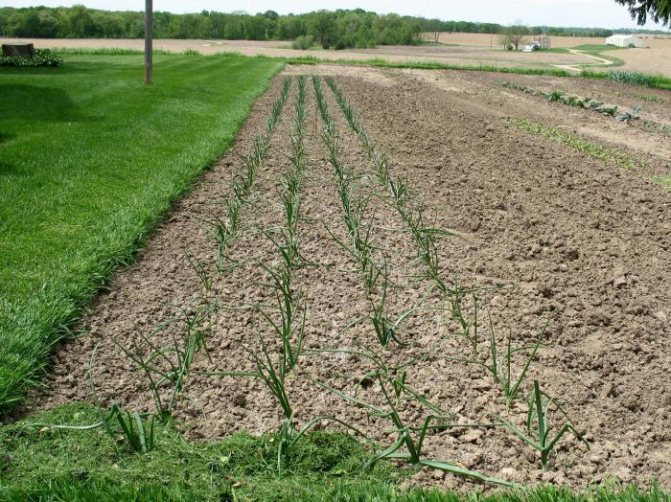
The autumn period is preparatory to the cold season. Regular fertilization at this time will allow the soil to accumulate sufficient nutrients. Before the onset of winter, the winter onions should already be well formed.
When to plant onions outdoors in autumn
Newbies in the gardening business sometimes wonder whether it is possible to plant onions and garlic together before winter. The answer of experienced gardeners: at the same time - yes, together - no. These crops cannot be alternated, grown in the neighborhood: they have the same enemies among insects. Related plants are prone to the same infections.
But the planting dates before winter for onions and garlic are the same. Only black onions can be sown later - on already frozen ground.There is only one time criterion for planting wild oat and sevka: until stable frosts - not less than a month, but not more than one and a half. The bulb must have time to let the new roots. This will take 3.5-4 weeks. Under this condition, the growing season will immediately begin in the spring. If the time is not enough, the unrooted onion will simply lie in the ground. Not all planting material will survive frost. At the first heat, it will first begin to take root, only then - to germinate. The meaning of winter sowing will be reduced to zero.
If planted in a warm place, the head will sprout. And this is fraught with the death of the plant. The feathers that emerged from the ground on the eve of winter will freeze. The started growing season will stop. Not every bulb can handle this overload.
Important! Checking the soil temperature helps to navigate in time: the average daily values should be at the level of + 5 ° С.
None of the calendar contains a strict framework for the planting schedule: each season is different for the peculiarities of the weather. It is more important to listen to forecasts of weather forecasters and take into account local climatic features.
Siberia
Siberians finish the autumn planting season first of all - before the beginning of October. The maximum is in the first decade, if the warm autumn drags on. But the October plantings carry risks. In a few days, the weather can deteriorate: temperature fluctuations from plus to deep minus within 2-4 days are not uncommon here.
Ural
The length of the region from north to south is due to a small spread in the timing of planting. The farther north, the closer to the Siberian schedule. Southerners find it easier to navigate the Middle Lane.
Centre
In the middle lane, the climate is milder - they are planted in October. With favorable forecasts, up to the end of the month.
South
Warm weather in autumn, mild winters allow southerners to plant the entire last month of the calendar autumn. It is not too late to plant winter onions in Crimea and the Caucasus, even in early December.
Planting and leaving
The described culture requires compliance with biological and technological requirements. When choosing a site, you should take into account the conditions of crop rotation. Growing winter onions for several years in a row in one place is unacceptable. The best predecessors will be crops such as cereals, cruciferous families, corn, cucumber, and tomato. Do not plant onions after plants such as parsley and celery, potatoes and beans.
The qualitative composition of the soil is important. Winter onions are placed on fertile soils with good drainage qualities and low acidity. Before planting, mineral (nitrogen, phosphorus, potassium) and organic fertilizers (humus) are applied. Fresh manure should not be used. Weeds must be removed.
Site selection and preparation of the garden
Onions love good, fertile, loose soil with neutral acidity. He does not like clayey acidic soil. Therefore, choose a sunny, ventilated place, where the snow melts faster in spring. It is important that water does not stagnate in this place, excess moisture has a detrimental effect on the bulbs.
If the soil is sandy, then sand is not added, but sand must be added to dense soil. The sand will serve as drainage and increase the air permeability of the soil. It is good to add compost, it gives looseness to the soil, it will be good nutrition. Be sure to add wood ash. Ash nourishes, disinfects, loosens and deacidifies the soil.
Onion sets, although an unpretentious culture, are not friends with some neighbors. The best neighbors of winter onions are carrots, parsley, strawberries, cucumbers. Good predecessors for him are potatoes, tomatoes, cucumbers, carrots, zucchini, eggplant, parsley, celery. You should not plant next to the garlic and sow in the garden where it used to grow.
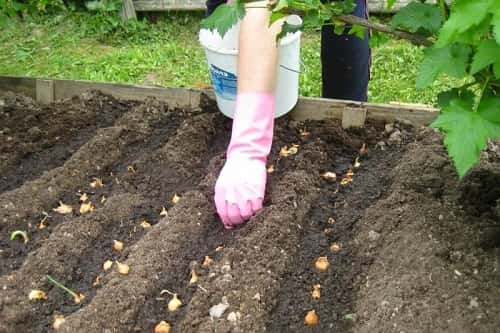

Sowing and planting features
How to plant winter onions? How the plant overwinters depends on the correct planting.If certain rules are not followed, aimed at increasing the winter hardiness of the crop, some of the plants may freeze out, which will lead to a decrease in yield.
Seeds of winter onions are sown in a four-line or three-line ribbon method. The distance between the rows is 35 cm. Before sowing, carefully prepare the area for winter onions. Planting and nursing during the sowing season is characterized by often unfavorable weather conditions. Typically, this period is marked by elevated temperatures and drought. Therefore, you should use only high-quality seed, which is treated with growth stimulants or pre-soaked.
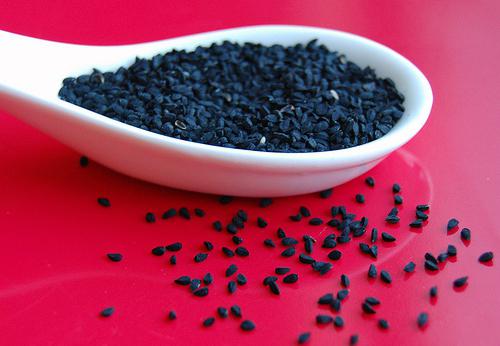

The prepared seeds are evenly distributed in the grooves to the same depth, which is 2.5 or 3.5 cm. This value should be observed. At a shallower depth, the bottom of the onion can freeze out in winter. With its increase in the spring, the formation of the bulb will be difficult. Crop care is simple. They are watered regularly. They monitor the soil layer, it must be loose. Weeds should not be allowed to dominate, weeding is needed.
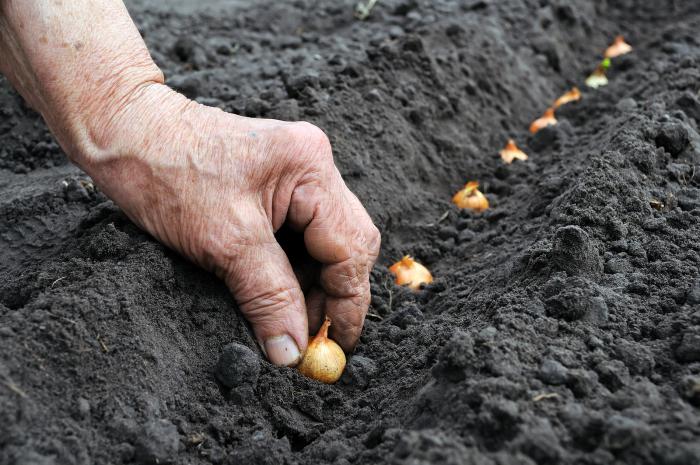

Winter onion sets are planted in rows, the distance between which is 40 or 45 cm. The depth of planting of bulbs is 3-6 cm. A distance of 5-6 cm is maintained between them. The seedlings are chosen small in size up to 1 cm in diameter. It tolerates cold winters well and winter onions practically do not shoot. Planting and maintenance should be carried out with respect to the seeding depth and seeding. Covering crops for the winter also stimulates the survival of plants at low temperatures. They should not be thickened. The beds of winter onions are mulched for the winter. Before that, they are huddled. Straw is used as a covering material, as well as white agrofibre.
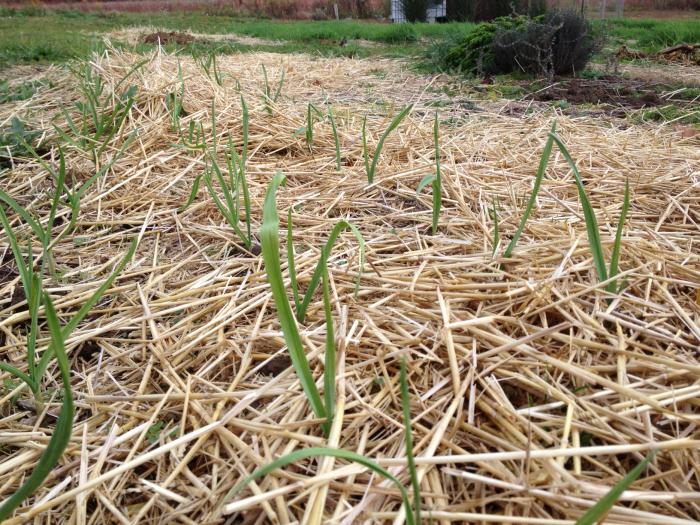

When snow falls, snow retention is performed. With warm enough winters and thaws, care should be taken not to block the beds. This can lead to the death of plants.
Disembarkation of a bow
After the site and planting material have been prepared, they begin the procedure for planting onions before winter, which is performed in the following sequence:
- Smooth grooves of arbitrary length are made on the site. The distance between them is kept 20 cm, and the depth of each furrow is within 5-8 cm.
- The bulbs are laid out in the grooves so that the interval between them is 5-8 cm.
- On top, the onions are covered with pre-prepared soil. The soil is leveled and moderately compacted.
- If the soil is dry and precipitation is not expected, then after 10 days the beds can be watered.
Before the onset of frost, the onion beds should be mulched with the following materials at hand:
- dry leaves;
- needles;
- peat;
- straw;
- dry sawdust;
- tops of garden crops.
The need for mulching and shelter for the winter onion beds depends entirely on the climate of the growing region. In areas with snowy and relatively warm winters, mulching and warming the beds are not so relevant.
Pest and disease control
Winter onions are disease resistant. However, even a slight manifestation of one or another infection in the autumn period significantly reduces the winter-hardy qualities and can lead to freezing of plants. These diseases include peronosporosis. The infection hibernates on the affected plants. Fungicides are used against it in the autumn. Re-processing is carried out in early spring. The exception is plants destined for a green feather. They are not processed in the spring. The main pest is the onion fly, but it does not cause significant damage to winter crops. When a pest appears, fungicides with a short period of action are used.
Planting seeds before winter
Soil preparation and shelter is the same as when planting seedlings. The very process of sowing seeds is as follows:
- In the soil, grooves are made up to 2.5 cm deep at a distance of 18-20 cm.Or indentations in a checkerboard pattern;
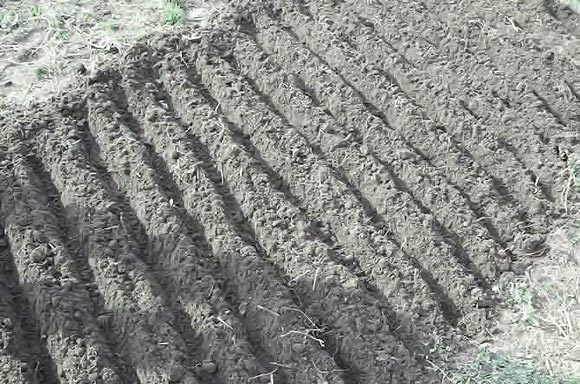

- It is better to plant the seeds densely, if you are not sure that they will all germinate, and to order them in the spring;
- Sprinkle with earth with a layer of 1.5 cm;
- As well as the planted sevok, cover with mulch and snow.
Varieties
What varieties can you use when growing winter onions? Planting and maintenance are designed for planting short-day plants. This requires special varieties, different from those that are suitable for spring onion cultivation. The use of spring varieties is unacceptable, the plants will freeze out. Most of these bulbs will throw out the arrow with the onset of spring heat. These plantings can be used on a green feather. At the same time, the surviving planting material will not please with the harvest.
Let's dwell on several varieties of winter onions that are popular with vegetable growers. Currently on sale there is a high quality seed material of domestic and foreign selection.
Preparing the soil for autumn planting
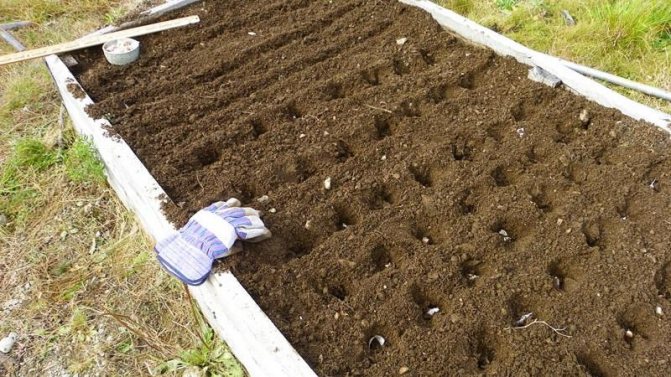

For planting onions, a well-lit, wind-protected and elevated place is chosen.
The culture prefers loose, light, fertile soil with a neutral level of acidity, therefore, coarse-grained sand is added to the clay soil, sod soil is added to the sandstones, and lime, chalk, furnace ash are added to the soil with high acidity, and the use of bottom peat as fertilizer is excluded.
Ellan variety
For winter cultivation, early maturing and winter-hardy plants are distinguished by good indicators. Among the domestic ones, Fr. It is distinguished by early ripening periods. With a fairly good yield, it has excellent quality and a fairly large turnip. The weight of the bulbs reaches 90-100 g. They are round and slightly flattened, deep yellow in color. Plants are distinguished by friendly growth and rapid bulb formation, high resistance to low temperatures and diseases. Sowing seeds is carried out in late August or early September. Already in May or early June, you can start harvesting.
Planting dates - when to plant onion sets
Experienced gardeners recommend planting onions 1-2 weeks after planting winter garlic. Our country is large, so planting dates differ in different regions. So, in central Russia it is better to sow after October 20th. The southern regions start sowing in late November - early December. In more northern regions, sowing dates will be slightly earlier than in central Russia.
Sometimes it is advised to plant sevok on frozen ground. This is not entirely true. Before frost, the bulbs should take root, but not have time to give a feather, otherwise they will freeze. Therefore, the optimal period is 3 weeks before permanent frosts. In order not to be mistaken, you will have to listen to weather forecasts.
Variety "Winter"
Winter onions provide gardeners with a quality early harvest. Variety "Winter" early ripening period. Differs in high growth rates of the aboveground part and root system. High yields are combined with good bulb quality. They are rounded and dark yellow in color. The average weight of a turnip is 90-120 g. It is characterized by relative resistance to major diseases. Poorly damaged by pests. Seeds are sown at the end of August. Harvesting in late May or early June.
What varieties are suitable for autumn planting
For planting before winter, exclusively zoned varieties are chosen. From them, if necessary, seeds are collected (the so-called nigella). It is desirable that these were hybrids that better tolerate short daylight hours. Other necessary requirements are cold resistance, good germination, active growth.
Suitable varieties:
- Ruby;
- Siberian annual;
- Robin F1;
- Mouzon;
- Lugansk;
- Buran;
- Stuttgarter Riesen;
- Black Prince;
- Tamara F1;
- Panther F1.
Photo gallery: varieties of onions for planting before winter
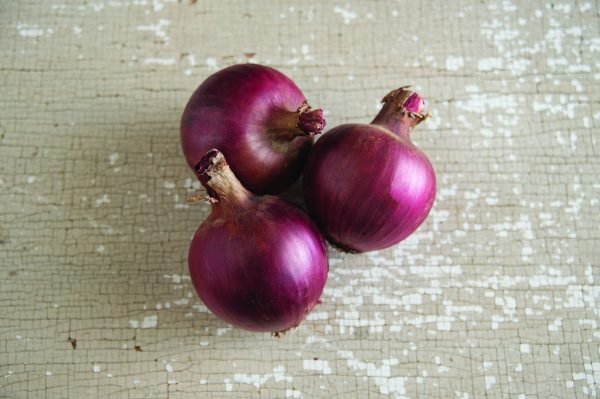

Ruby is an early ripening Ukrainian variety, ripens in 72–85 days, the bulb is large, beautiful lilac-silver color
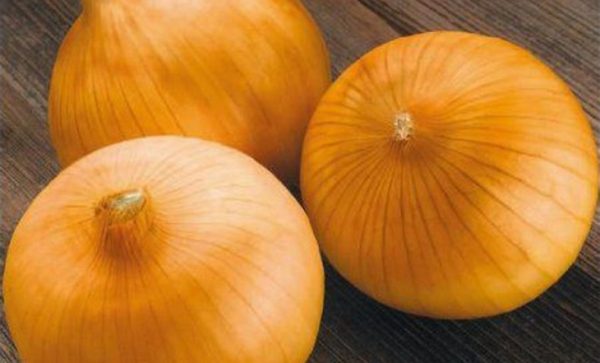

The Siberian annual variety ripens in 60–70 days, gives a lot of feathers, the bulb is slightly flattened, yellow
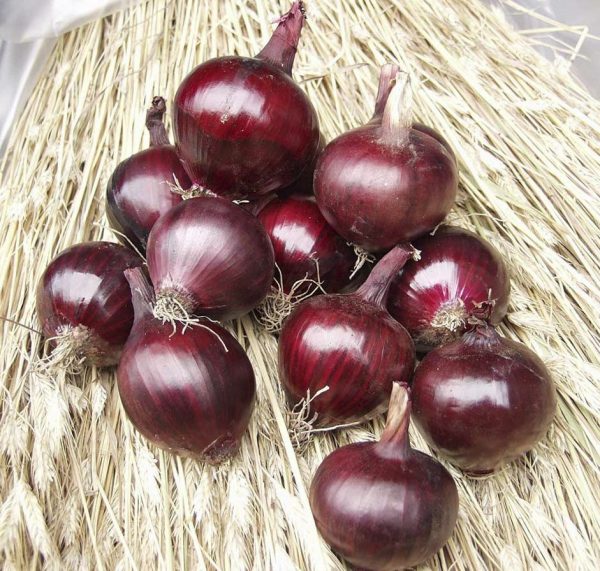

The Robin F1 bow is suitable for southern regions, tolerates drought well; the bulb is very intense red, has an unusual amphora shape
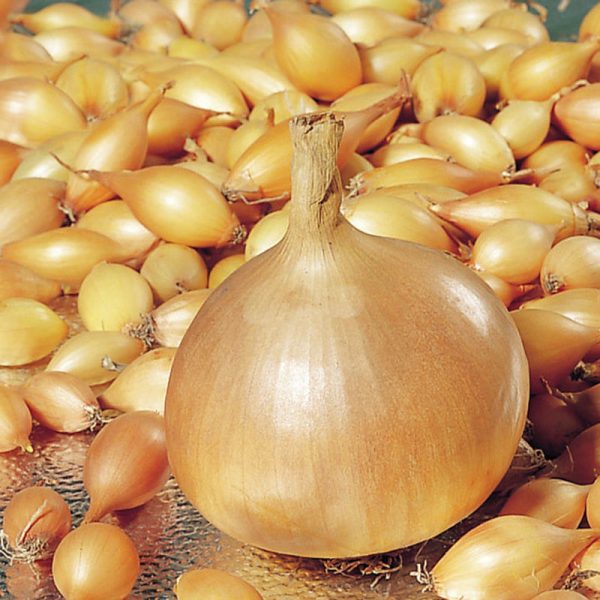

Mouzona is a medium early (90–110 days) variety; bulbs are large (up to 120 g) and dense
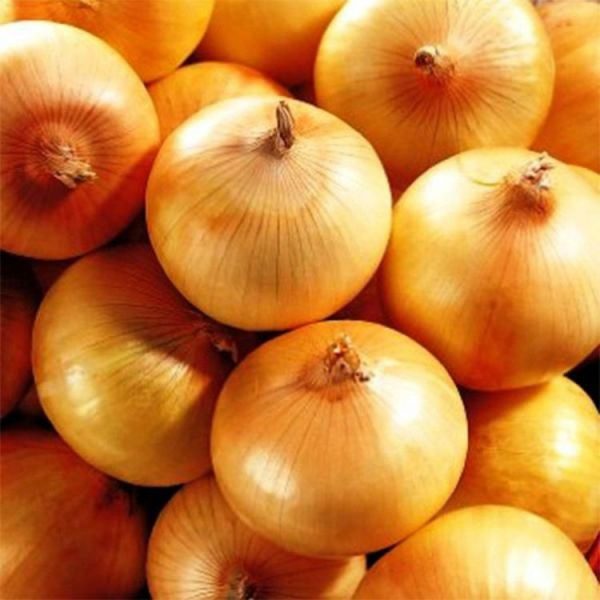

Lugansk is a late-ripening variety with a very spicy taste; bulb weight - 70-145 g, shape - oval or flattened
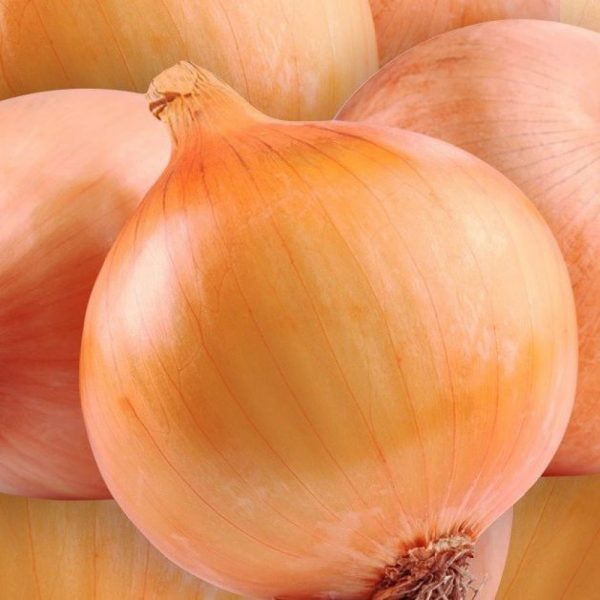

Buran - Ukrainian variety, bulbs weighing up to 100 g, yellow, almost round, very dense; disadvantage - weak resistance to peronosporosis
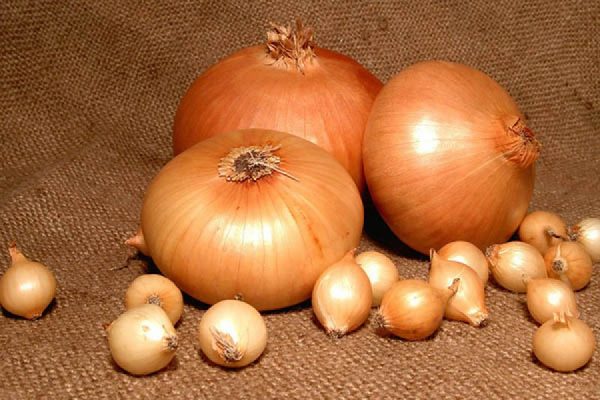

Stuttgarter Riesen is a German variety with a spicy taste; bulbs are flat-round, golden brown, plants often suffer from root rot and powdery mildew
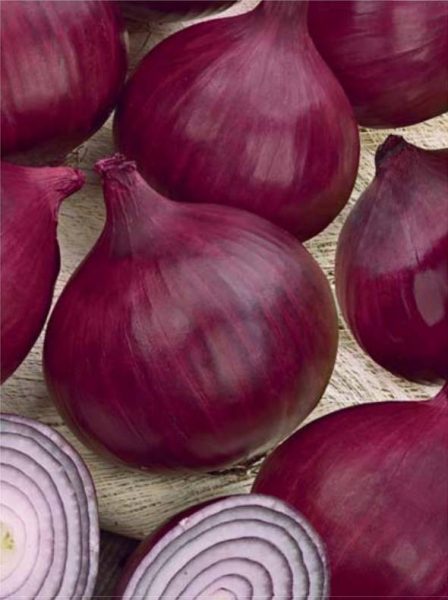

Black Prince is a Russian variety; semi-sharp taste, bulbs are dense, rounded, dark purple
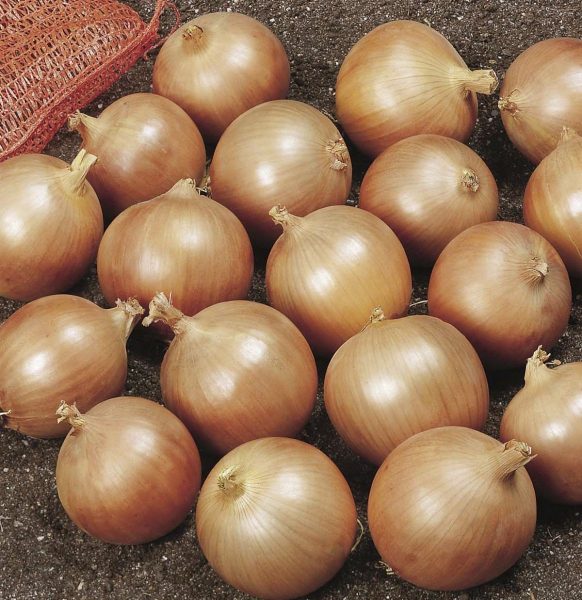

Tamara F1 - mid-early high-yielding dormant hybrid with immunity to fusarium; yellow-brown bulbs
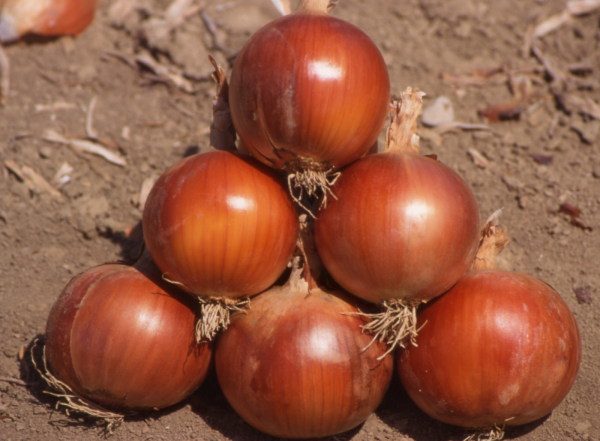

Panther F1 - cold-resistant (up to –28 ºC) onion, bred in Japan; the bulbs are almost round, with an unusual bronze-brown color
Choosing a variety of onions for winter cultivation
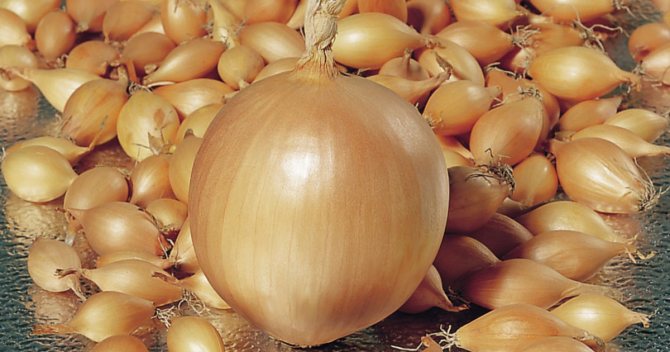

In the plant used for autumn-spring cultivation, two parameters are important: frost resistance and good growth with a short daylight hours. In order to survive the cold winter, a vegetable planted in autumn must take root and adapt in a short autumn time. Late varieties of onions reveal their qualities only with a long daylight hours, so it makes no sense to use their bulbs for planting. It is also useless to plant southern varieties of bulbs that reveal their qualities only during high summer temperatures.
On a note!
An incorrectly selected variety, after wintering, does not grow a bulb, but an arrow.
A large number of onion varieties for winter onion planting have been bred by Russian and Dutch agronomists.
Arzamas
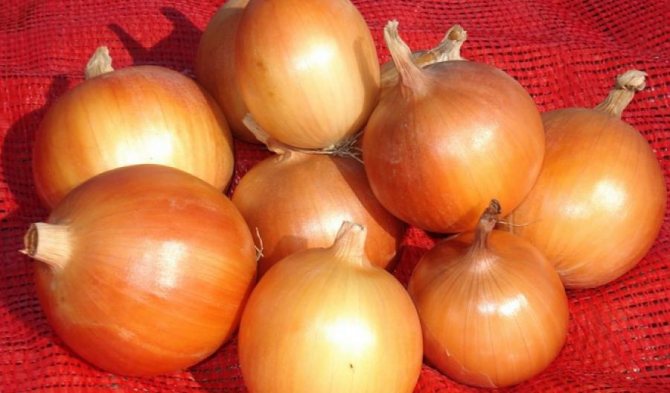

The variety was bred by folk breeders in the last century. It is adapted for growing in central Russia and the Urals. The bulb is round, its weight reaches 80 grams. The husk is dark yellow with a brown tint. The taste of the onion is very spicy. The variety is mid-season, from germination of seedlings to lodging of tops - 70-90 days. The harvest can be up to three kilograms per square meter. The disadvantage of the Arzamas variety is its weak resistance to downy mildew.
Danilovsky
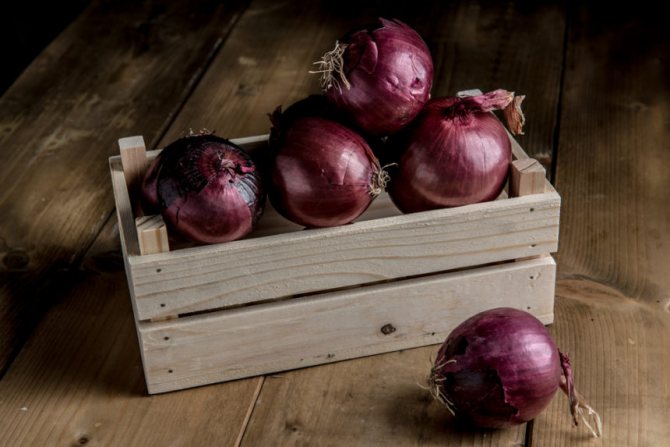

The variety was bred by agronomists of the Yaroslavl region. It grows well practically throughout Russia. The bulb is round-flat, its weight can reach up to 160 grams. The color of the husk is red-violet. The taste of the bulb is soft, slightly sweet. The Danilovsky onion variety is used for canning and preparing dishes and salads. The variety is mid-season. When grown from seeds, the crop is harvested 110-120 days after planting, when grown with sevkom - after 90-100. The harvest reaches three kilograms per square meter.
Radar
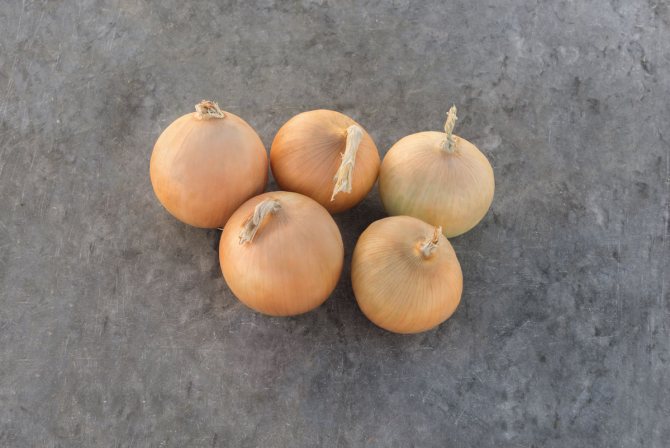

The hybrid is a product of the work of Dutch agronomists. The variety is zoned throughout the territory of the Russian Federation. The bulb grows weighing up to three hundred grams, round in shape, golden yellow in color. Designed for the use of winter sowing agricultural technology, perfectly tolerates frosts down to minus 23 degrees. The variety is resistant to shooting, practically does not get sick and is not affected by pests. The variety is early ripe, with a podzimny planting of sevka, the harvest is obtained in early June.
On a note!
The radar is a hybrid variety and is not intended for breeding at home.
Red baron
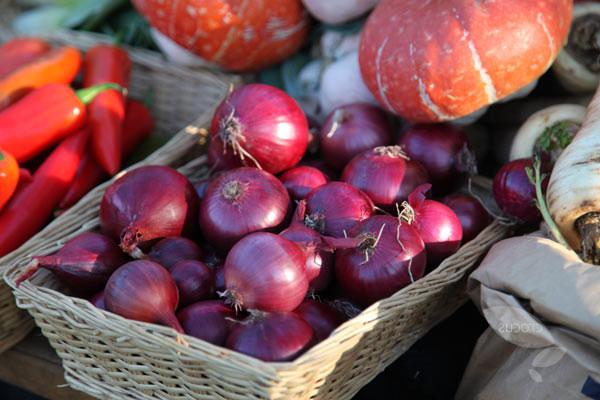

The Red Baron variety was bred by Dutch agronomists. The variety grows well almost throughout Russia. The bulb is flat-oval. With good care, its weight can reach up to 200 grams. The color of the pulp and scales of the vegetable is burgundy.Due to the unusual color of the flesh, Red Baron is often used to decorate dishes on the festive table. The taste of the vegetable is mild. A distinctive feature of the Red Baron variety is the absence of the characteristic onion bitterness in the taste. The variety belongs to the early maturing, the harvest is harvested three months after planting. Its yield reaches up to four kilograms per square meter. A distinctive feature of the Red Baron variety is the absence of the characteristic onion bitterness in the taste.
Senshui
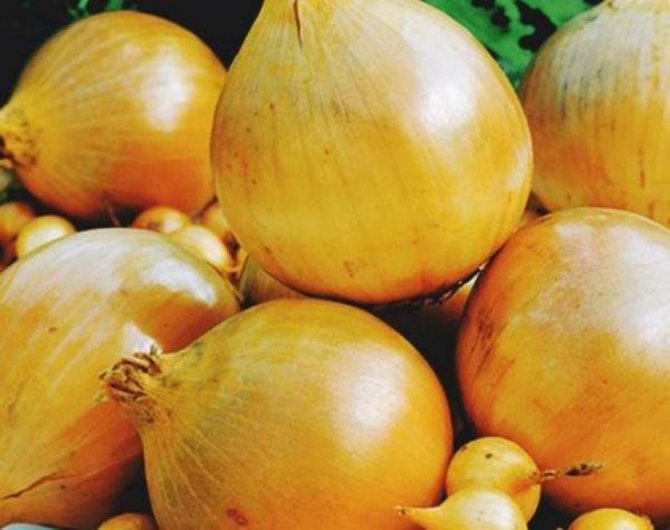

The result of the work of Japanese breeders, the Senshui onion grows well practically throughout Russia. The variety is specially bred for winter planting. The bulb grows up to 250 grams in weight, flat in shape, straw yellow in color. The variety has a pungent taste. The variety belongs to the early maturing, the harvest is harvested in early summer. Senshui is very hardy. Bulbs can withstand frosts up to 15 degrees. With proper care, the yield of the variety reaches 4 kilograms per square meter.
Strigunovsky
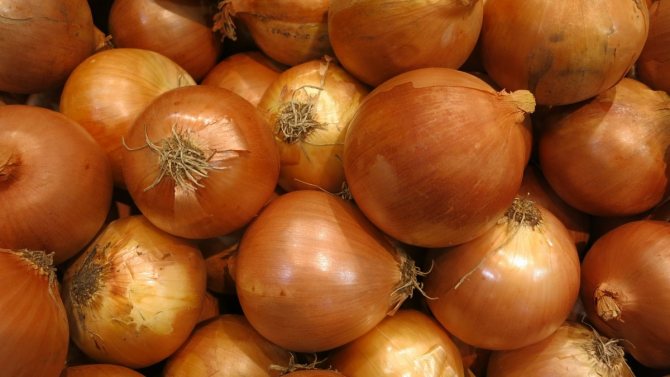

The old onion variety Strigunovsky was bred by Russian agronomists. The variety is intended for cultivation in central Russia. The bulbs are round, their weight reaches 120 grams. The color of the scales is yellow. The Strigunov onion variety has a pungent taste. The variety belongs to the early ripening, with a winter planting, the harvest is obtained in early summer. The yield of the variety reaches three kilograms per square meter.
Sturon
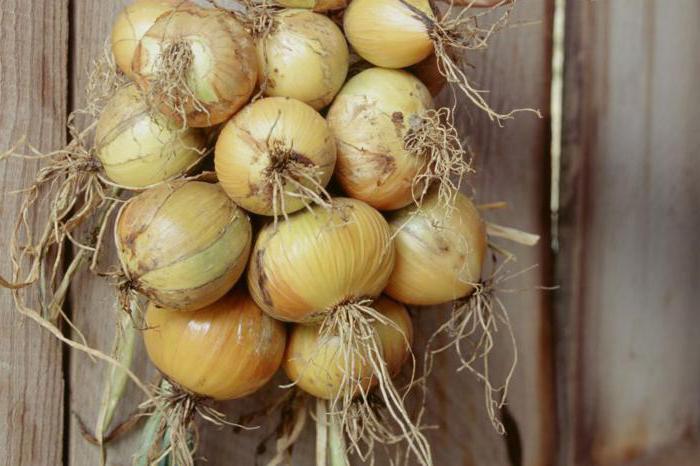

The result of the work of the Dutch agronomists is the Sturon onion. The variety is bred by selection from the common variety Stuttgarten Riesen. Sturon is intended for cultivation practically throughout Russia. The variety is frost-resistant, the bulbs planted in the ground do not freeze out in winter. The bulbs are rounded, slightly elongated, their weight reaches 220 grams. The color of the scales is yellow-brown. Onion Sturon is distinguished by an exceptionally sharp bitter taste. The variety belongs to the early ripening, with a winter planting, the harvest is obtained in early summer. The yield of the variety reaches three and a half kilograms per square meter.
On a note!
Under optimal conditions, Sturon can be stored for 9 months.
Centurion
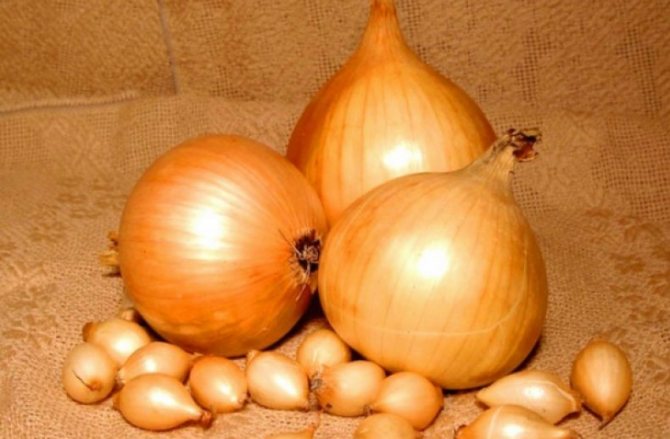

The result of the work of the Dutch agronomists is the Centurion F1 bow. The variety is intended for cultivation practically throughout the territory of Russia. The bulbs are elongated and weigh up to 120 grams. The color of the scales is yellow. The taste of onions is delicate, medium-spicy, the vegetable is perfect for salads and preparations. The variety belongs to the early ripening, with a winter planting, the harvest is obtained in early summer. The yield of the variety reaches four kilograms per square meter. The centurion rarely releases arrows and practically does not get sick.
Shakespeare
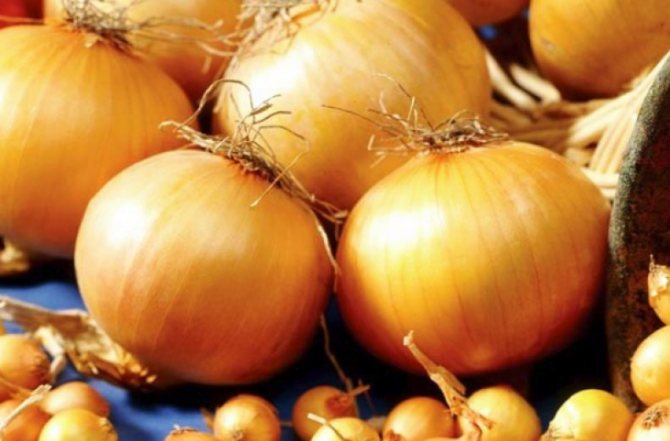

The result of the work of Dutch agronomists is Shakespeare's bow. The variety was bred for sub-winter sowing, intended for cultivation in the central and northern regions of the Russian Federation. The bulbs are round, slightly flattened, their weight reaches 100 grams. The color of the scales is yellow-brown. The taste of the onion is medium-sharp. The variety belongs to early ripening, with a podzimny planting, the harvest is obtained in early summer. The yield of the variety reaches three kilograms per square meter. Shakespeare is extremely resistant to disease and very rarely releases arrows.
Stuttgarten Riesen
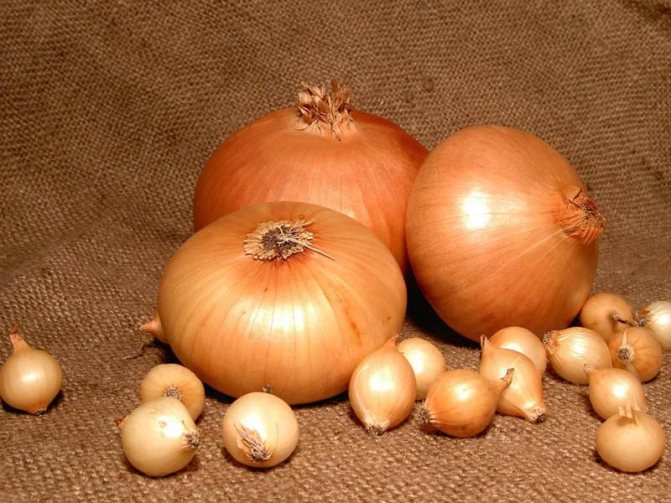

Stuttgarten Riesen bred by German breeders. The variety grows well almost throughout Russia. The bulbs are round, slightly flattened, their weight reaches two hundred and fifty grams. The color of the scales is yellow. The onion has a semi-sharp taste. The variety belongs to the mid-season, the yield of the Stuttgarten Riesen variety, with proper care, reaches eight kilograms per square meter. Stuttgarten Riesen is resistant to diseases and parasites.
Ellan
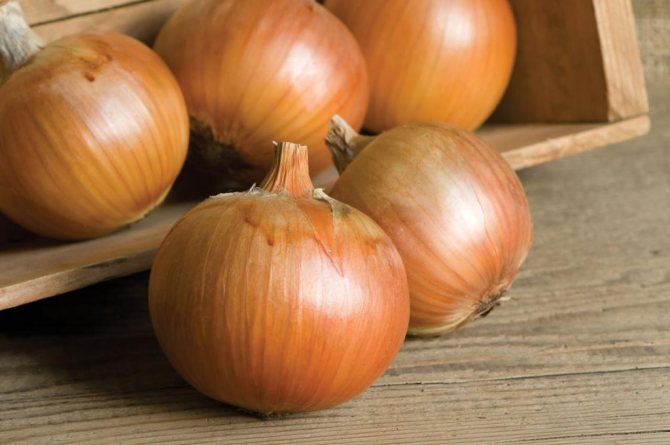

The Ellan onion variety was relatively recently bred by Kuban breeders. The variety is adapted for cultivation throughout the territory of the Russian Federation. The bulbs are round, the bulk of the crop weighs 100 grams, but with good care, individual specimens reach a weight of half a kilogram.Onions have a sweet taste, so they are well used in salads, in the preparation of various dishes and preparations. The variety belongs to early ripening, with a winter planting, the harvest is obtained in early summer. Due to its sweet taste and lack of bitterness, Ellan onions can be eaten by people with gastrointestinal diseases.
Harvesting
The signal that the harvest is ready for harvesting is the lodging of the leaves and the acquisition of the husk color inherent in a particular onion variety.
The heads are carefully pushed in with a shovel or pitchfork so as not to damage it and pulled out of the ground. Then the onions are laid out in the beds or under a canopy and left for several days to dry out. After that, feathers and roots are cut with sharp scissors, and the bulbs are left to dry for another 3-5 days.
Store the crop in wooden boxes or cardboard boxes with ventilation holes in a cool and dry place.
Care of young plants
Agrotechnical work is carried out in accordance with the stages of onion development, and does not imply any special difficulties:
- When the snow has melted and melted, it's time to remove the covering material and let the earth warm up properly - thanks to this, the first tender greens will hatch.
- After irrigation and rain, it is important to loosen the soil and remove the emerging weeds. It is important that there is a distance between the onion sprouts, so the dense planting is thinned out - as a rule, this is done when four leaves appear.
- Together with the covering cloth, the mulch is removed from the beds, and the introduction of wood ash is required. For onions, this is not only additional potassium, which allows it to grow well, but also a preventive remedy for gray rot, to which it is predisposed. One square meter needs 10 g of ash. The second feeding is necessary for the formation of the head when four leaves appear. Here there is the possibility of using "Nitroammofoski" (for 1 sq. M 25 g), or diluted bird droppings.
- Water the plants sparingly if the topsoil begins to dry out. With a snowy winter, there is enough moisture for the vegetable, and there is no need to water it again. But with a prolonged absence of precipitation, one watering per week will be required.
Onions can be exposed to many diseases and attacks of harmful insects, including:
- Tobacco thrips. Its larvae first feed on weeds, and then transfer to cultivated plants. Timely removal of weeds will prevent damage, but sometimes insecticide spraying is required.
- The onion fly is capable of devouring young onion feathers, and not only in the open field, but also in the greenhouse. With this inconspicuous, but dangerous parasite, you can fight with saline, manganese and ammonia solution, boric acid or insecticides - "Extraflora", "Tarantula" and "Aktara".
- If the onion is affected by neck rot, the cause must be looked for in rotten bulbs for planting, in addition, it may appear due to the presence of thrips, which damages the plant.
- Downy mildew caused by high humidity is also dangerous. You can get rid of fungal organisms with the help of fungicides, and they are used twice.
It is important not only to be able to eliminate such troubles, but also to carry out sanitary work to prevent them.
Planting material preparation: care, processing
Before you start planting onions, you need to prepare for this process. You need to choose seeds for planting. It should be remembered that large bulbs are taken to obtain green shoots, and small ones for a medium-sized onion crop. This event should be carried out approximately 10 days before direct planting in the ground. In the process of sorting and preparing the bulbs for planting, do not cut their necks, otherwise the onions will go into the feather. As a rule, in the spring, landing on the head is carried out, i.e. for the subsequent planting material - sevok.
Seedling disinfection
Having selected a suitable material, it is necessary to carry out a disinfection procedure.The bulbs are immersed in a weak solution of potassium permanganate for at least 6 hours. In addition to potassium permanganate, you can use a saline solution. For its preparation, a tablespoon of salt is diluted in a liter of water. In this case, the bulbs are immersed in the solution for 3 hours. Then, for the next 3 hours, the solution is replaced with manganese. After that, the bulbs are dried. Drying takes up to one week. Turn the bulbs over for even drying. Then the quality of the bulbs is checked. They must be intact, without rot.
Dried bulbs with damaged areas should not be used for planting.
Early set or nigella
The seeds of the plant are black, which is why their name is nigella. How to grow onion seeds is described in this material. The seeds give early shoots, which are characterized by greater endurance compared to plants sown in spring. It should be noted that the seeds of a fruitful crop do not always have time to give a good harvest in one season. It is recommended to collect the sets in the spring, and then plant the greens in the ground before winter. In this case, you can be sure of the quality of the planting material used and expect a large harvest next season, subject to the conditions of proper storage and planting. To prepare seeds for planting, they are divided into fractions of different sizes. Therefore, it is best to choose perennial varieties.
Calibration: choose the right size for fit
Winter onion heads
Bulbs should be sorted by size before planting.... Planting material is divided into large, medium and small. Small bulbs, which are up to 1 cm in diameter, are called wild oats. Medium-sized bulbs are set as small as 3 cm in diameter. Bulbs larger than 3 cm in diameter are considered large and are called sampling. It should be noted that the sample is used for planting in the spring. When planted before winter, the bulbs will begin to bloom in advance, and will freeze in winter. Calibration is carried out in order to improve the quality indicators of the yield and uniform planting of planting material on the site. Bulbs of different diameters must be planted separately. This approach leads to simultaneous emergence and equal development of plants. This will bring a good harvest in the future.
Seeds for greens
Calibration is also necessary for the seed of the plant. Like bulbs, seeds are divided into large, medium and small. For this, a sieve with cells of different sizes is used. If a sieve is not available, water can be used. After an hour, some of the seeds will settle to the bottom - this will be one of the fractions for planting. The remaining seeds on the surface must again be placed in water for an hour, a second fraction will be obtained for planting. After that, only debris and seeds will remain on the surface, which cannot be planted. How to plant onions in a greenhouse on a feather is described in this article.
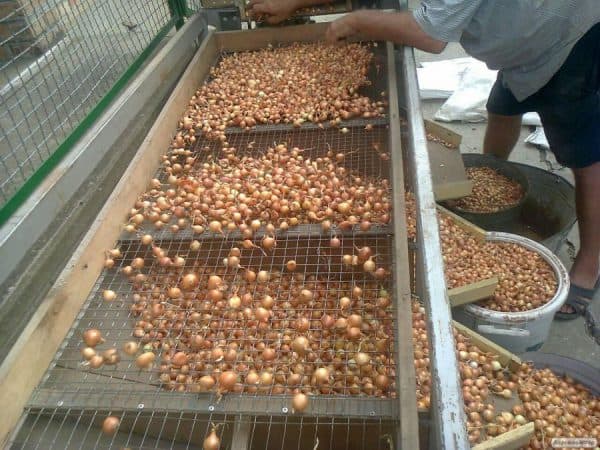

Using a mesh with a 1.5 x 1.5 cm cage, the seeding is calibrated
The need to sow seeds in separate fractions is due to the timing of their germination, which may differ by one or even the number reaches several weeks. This fact will negatively affect the subsequent quality of the crop.
What to do if you are late with the onion planting?
If for some reason you did not have time to plant onions before winter, then here you need to act according to the circumstances.
If there has not yet been frost, then the ground must be carefully covered so that it does not freeze. For these purposes, a layer of compost (of course, preferably thicker), humus, covering material folded several times and other materials are suitable.
Experienced summer residents advise that if there is not a lot of onions, then you can bring a couple of buckets of earth into the house, to the stove. The next day, when the ground warms up, you can plant by laying out the heated ground directly into the grooves.
If there is a lot of onion, then it is better to sort it out. Leave large sets until spring, and plant small ones.
Caution should be taken when advising to “spill the earth with hot water”. Onions can rot in damp conditions.
conclusions
As a result, it can be noted that planting onions in the ground for the winter (doing / making sowing, planting / planting winter onions in the garden) is characterized by a certain specificity of the choice of planting material, conditions, depth, soil, processing before planting in the fall. early winter harvest of family onions, both for own use and suitable for sale. This planting method has many advantages that lead to its practical application. Also uses soil planting of onions in greenhouses.
Beneficial features
Winter onions, as well as common ones, have a lot of useful qualities. It is very often used in folk medicine, both for treatment and as a prophylaxis for various diseases. Each onion variety contains its own vitamin composition.
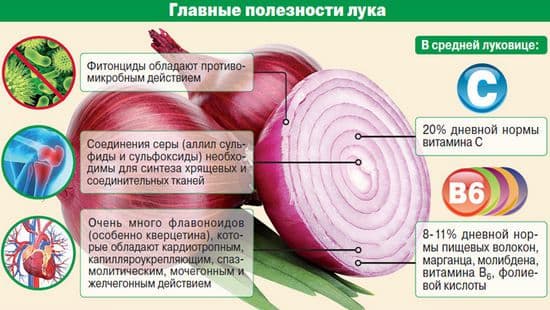

I would like to consider the nine most useful qualities of onions, which unites almost all varieties:
- Onions are a kind of natural antibiotic... The phytoncides that make up the bulb help in the fight against angina and support the upper respiratory tract. Also, this substance has a detrimental effect on a huge number of pathogens. Cutting the onion into pieces and sniffing it several times a day can cure or prevent the flu. Vitamin C contained in onions can increase the level of the immune system, as well as rid the human body of vitamin deficiency.
- Also, onions have an effect on hematopoiesis and its purification. It is a stimulant of the digestive system, promotes the removal of excess moisture from the body. Onions are widely used in the treatment of oncological diseases, thanks to the quercitin contained in onions. Replacing the tablet with inhalation of onion juice can relieve the headache.
- Luscious green onion feathers provide excellent care for our skin. Onions have gained wide popularity in cosmetology. With it, you can get face cleansing from unnecessary spots. Daily wiping of the face with a cut onion in two will get rid of freckles.
- Also in folk medicine, onions are known as a remedy for relieving inflammation. Flavanol, which is part of onion, prevents cancer.
- Onions have excellent disinfectant properties.
- The sugar content of onions exceeds the amount of sugar found in apples and pears. But those who make up a dietary diet should not give up this healthy delicacy. Because onions have fat burning properties. Among the large number of diets, there is an onion diet in which onion soups should be eaten daily.
- Onions are able to quickly relieve pain when bitten by a wasp. As soon as the wasp stung, you need to rub the bite with a cut onion. Also, with the help of onion juice, you can relieve pain in case of ear disease. With the help of onion compresses, you can get rid of abscesses, inflammations and help heal wounds. Relieves painful sensations with rheumatism and edema. In cosmetology, onions are used to strengthen the hair follicle of the head and against dandruff.


With the help of a bow, you can achieve a quick adaptation of the body when changing the time zone.
Site selection, predecessors
Onions love sunny, dry areas. Garden beds where water stagnates are completely unacceptable. If the entire summer cottage is in a lowered place, you need to form high beds by adding additional soil.


It is better to place the bed on the southern slope of the site. So the plants will be protected from the piercing wind. Drained humus-loamy soils are optimal for onion plantings.
To obtain a good harvest, it is important to observe the crop rotation.
Table. Precursors for onions
| Good | Bad |
|
|
Important! The bow is allowed to be returned to its original place not earlier than after 4 years.

